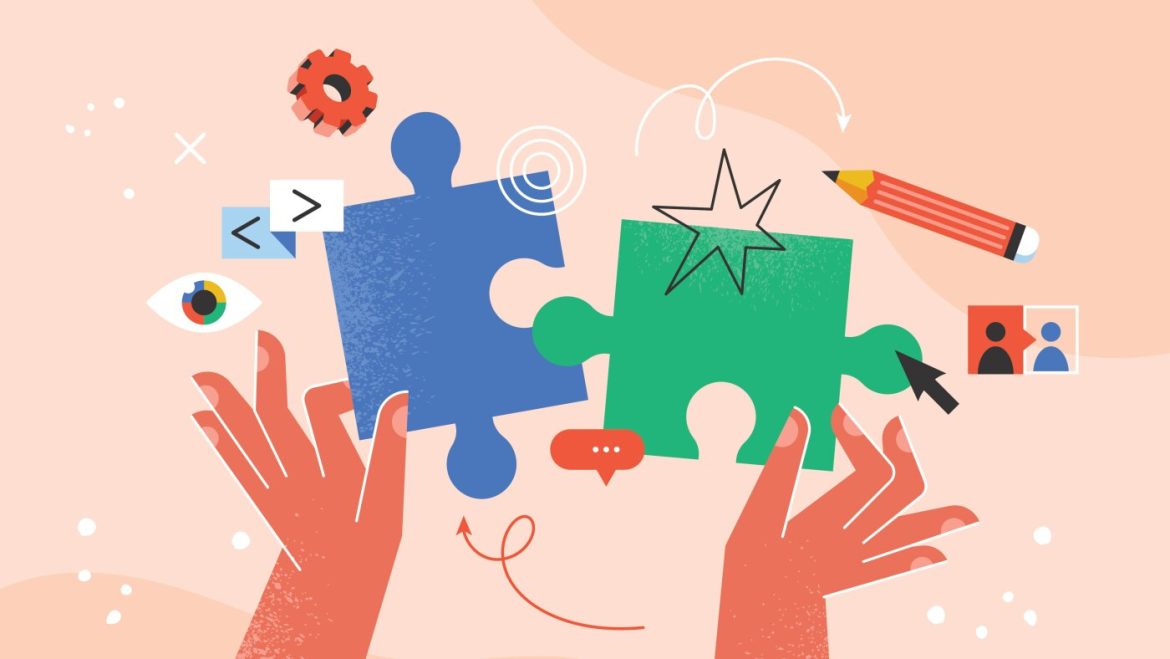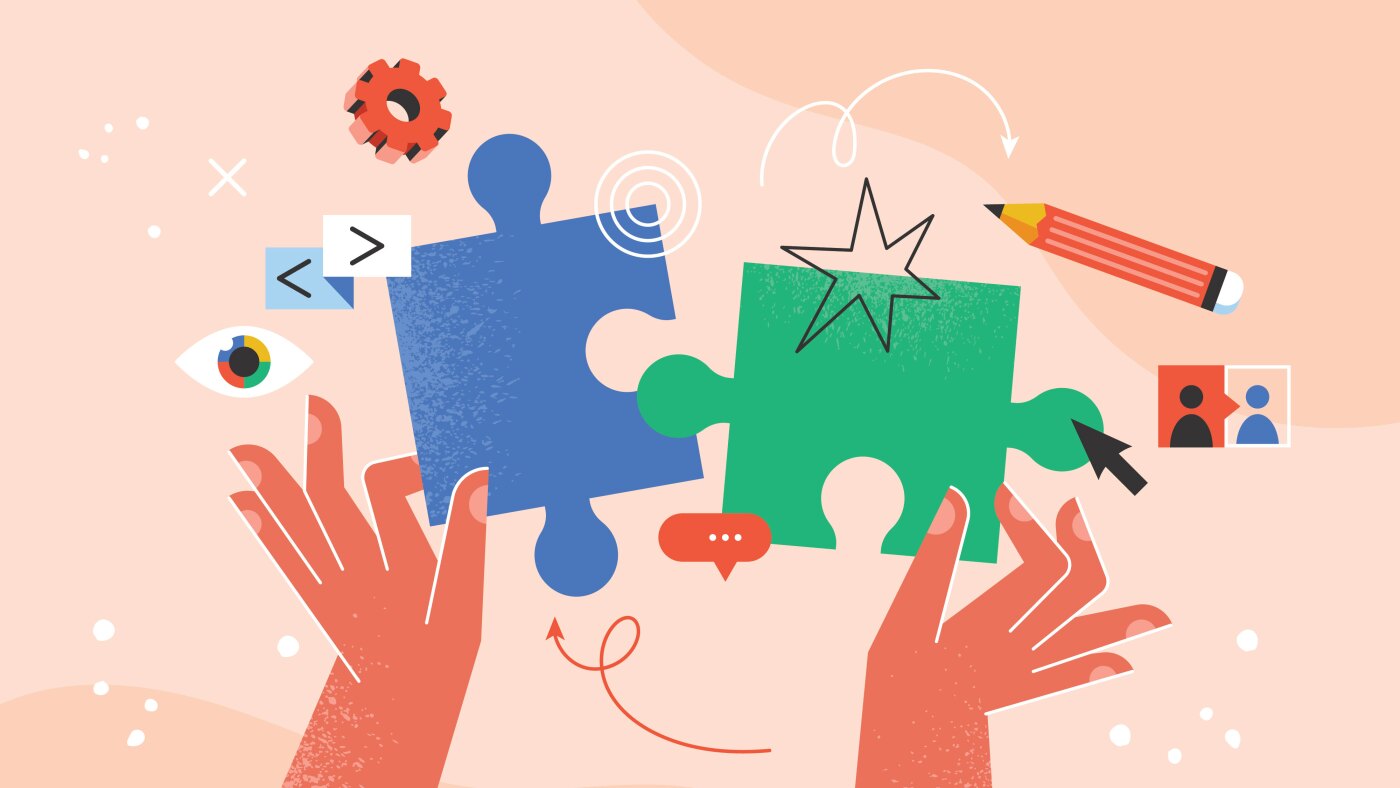Rethinking Hard Choices: Why Thinking Less Can Lead to Better Decisions
In a world obsessed with analysis and problem-solving, a surprising strategy for tackling tough decisions has gained traction: spend less time thinking about it. The conventional wisdom that more deliberation equals better choices is being challenged by new insights from decision coaches, neuroscientists, and psychologists exploring how we really make decisions under uncertainty.
—
The Paradox of Overthinking in Decision-Making
Hard choices often trigger intense cognitive activity—countless pros and cons lists, mental simulations, and hypothetical scenarios. While thorough evaluation seems logical, it frequently leads to *analysis paralysis*, where the process of thinking itself stalls action. According to recent observations, excessive rumination can heighten anxiety and distract from the actual priorities that matter.
This phenomenon happens because when decisions are complex and uncertain, our brains attempt to imagine every potential future outcome, often creating more confusion than clarity. It’s the classic trap of trying to predict an unpredictable future.
—
The Case for Thinking Less: Insights from a Decision Coach
Wulfhart, a seasoned decision coach with over ten years of experience working with diverse clients—from CEOs to artists—reports that nearly all her clients find clarity within an hour of guided sessions that emphasize *thinking less*. Her method involves practical exercises designed to cut through mental noise, helping clients make faster, confident choices.
Key tips from her approach include:
– Reducing the time spent deliberating: Instead of agonizing indefinitely, narrow the window and commit to deciding within that frame.
– Limit advice-seeking: Talk to three to five trusted people to gather perspectives, then stop and synthesize rather than endlessly polling others.
– Trusting intuitive judgment: Often, a gut feeling emerges from subconscious integration of experience and values; giving it room can be pivotal.
These techniques underscore less cognitive overload and more alignment with deeper personal priorities.
—
Neuroscientific Perspectives: The Brain’s Simplicity Hidden in Complexity
Neuroscientist Paul Glimcher’s research reveals that while human decision-making appears irrational and erratic, the brain subconsciously uses efficient shortcuts. Simplification strategies help avoid the exhausting attempt to calculate optimal solutions for every dilemma.
Another concept related to this is Daniel Kahneman’s dual-process theory, distinguishing between fast, intuitive System 1 thinking and slow, analytical System 2 thinking. Hard choices can benefit from balancing both: too much System 2 scrutiny can freeze decisions, while System 1 informed by experience and values can guide swift progress.
—
Practical Exercises to Make Decisions with Clarity and Confidence
Several recommended techniques to overcome indecision include:
– Create psychological distance: Imagine advising a friend facing the same choice or consider how you’ll feel about it in 10 days, 10 months, or 10 years to gain perspective.
– Test-drive options: Whenever feasible, sample a choice before fully committing—an internship for a job, a trial period for a move—to reduce anxiety about unknowns.
– Prioritize your values: Clearly identify what matters most to you; this serves as a compass that filters out irrelevant options and narrows the decision space.
– Set concrete deadlines: Committing to a time limit for decision-making forces focus and reduces the temptation to overthink indefinitely.
– Frame decisions as opportunities for growth: Shifting from seeking the “perfect outcome” to seeking “best forward movement” eases pressure and encourages active choices.
—
Balancing Reason and Emotion in Difficult Decisions
Hard choices typically pit competing values or desires against each other—for example, security versus adventure. Clarity arises not by relentless rationalizing but by acknowledging these internal conflicts and seeking a compromise or coherence.
Judgment is not purely cognitive; it’s a fusion of thought, feeling, character, imagination, and past experience. The courage to decide despite uncertainty often comes from interpreting these interwoven factors holistically rather than dissecting them in isolation.
—
Overcoming the Fear of Regret and Indecision
Many individuals avoid hard decisions due to fear of regret or making the wrong choice. However, research suggests regret is often minimized when a decision aligns with one’s authentic self and values, even if the outcome is imperfect.
Rather than striving for a “best imagined future,” focusing on the “best path for growth” preserves agency and reduces the burden of prediction. Accepting that hard decisions inherently involve uncertainty invites more fluidity and less dread.
—
Conclusion: Embracing Less Thought as a Path to More Decisive Living
The art of making hard choices might lie less in thinking more and more in thinking well and less. Simplifying the decision process by limiting overanalysis, trusting intuition informed by values, and creating psychological distance can transform stagnation into clarity.
When faced with life’s toughest dilemmas, the key is not endless mental wrestling but intentional steps that blend reason, feeling, and timely action. By thinking less, we paradoxically free ourselves to think clearer, act bolder, and move forward with confidence.


